Unlocking the Secrets of Hawaii’s Hulē‘ia National Wildlife Refuge
Every year, thousands of curious travelers land on Kaua‘i in search of adventure, expecting sunlit beaches and lush mountains, but few realize that hidden away in a secluded valley lies one of Hawaii’s most important ecological sanctuaries: the hulē‘ia national wildlife refuge. The refuge is closed to general public access, a restriction driven by the urgent need to safeguard some of the state’s rarest and most vulnerable bird species. This quiet, undisturbed landscape holds both natural and cultural significance—its story reaches beyond the observable, inviting exploration through history, conservation, and the thriving life it protects.
In an era where rapid development often overrides preservation, understanding locations like the hulē‘ia national wildlife refuge is more crucial than ever. Impacted by generation after generation of agricultural use, these lands are now meticulously managed to recover and protect native wildlife. Yet, despite being off-limits except by special permit or staff accompaniment, the refuge inspires environmental consciousness and offers a profound case study on the importance of sanctuary, stewardship, and species revitalization. For those captivated by ecosystems and the delicate balance they represent, the hulē‘ia national wildlife refuge exemplifies both the fragility and resilience of Hawaii’s natural heritage—and why appreciating such hidden wonders matters.
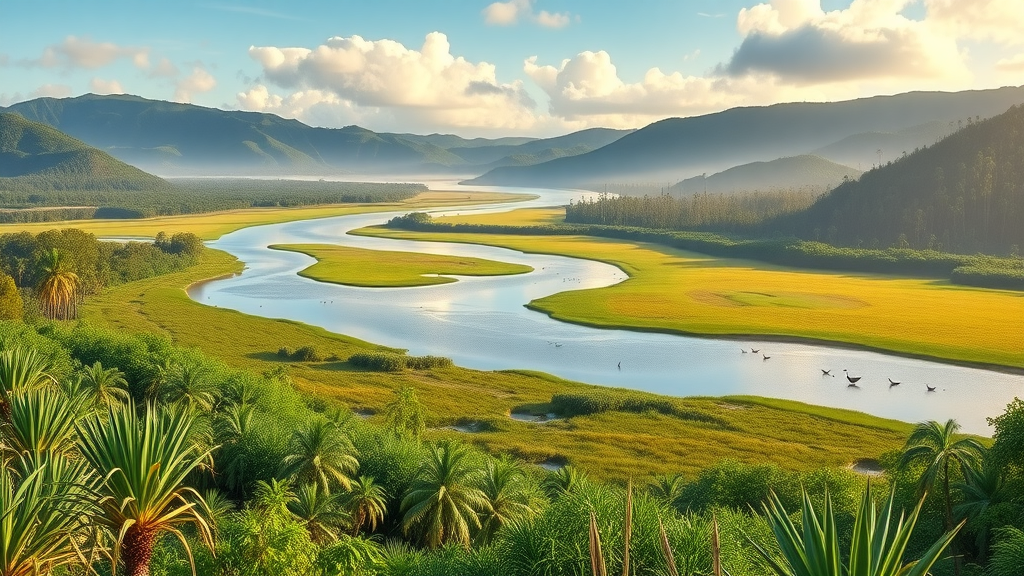
The Vital Role of Hulē‘ia National Wildlife Refuge in Hawaii’s Ecosystem
The hulē‘ia national wildlife refuge is far more than a protected tract of land—it is a living classroom, home to thirty-one documented bird species, including several that are threatened or endangered. Perched in a lush valley along the Hulē‘ia River and framed by steep, wooded hills, the refuge was once used for traditional wetland farming, cultivating taro and rice. Today, it serves a greater mission: providing critical habitat where unique Hawaiian birds, like the ae‘o (Hawaiian stilt), ‘alae ke‘oke‘o (Hawaiian coot), koloa maoli (Hawaiian duck), and the nēnē (Hawaiian goose), can nest and feed without the disruption of daily human activity.
Understanding the function of the hulē‘ia national wildlife refuge means recognizing what’s at stake. These birds are not merely residents—they are irreplaceable treasures whose fate sits precariously on the edge of extinction. When a refuge is off-limits to visitors, it signals the severity of threats: habitat loss, invasive species, and centuries of ecological imbalance. By focusing conservation where it is most desperately needed, the hulē‘ia national wildlife refuge becomes a barometer for what Hawaii could lose, but also a beacon for recovery and hope. Ignoring this value, or misunderstanding why access is limited, risks undermining decades of progress in species protection and ecosystem stability. That tension—the pull between preservation and access—underscores why this site is so critical to Hawaii’s broader environmental narrative.
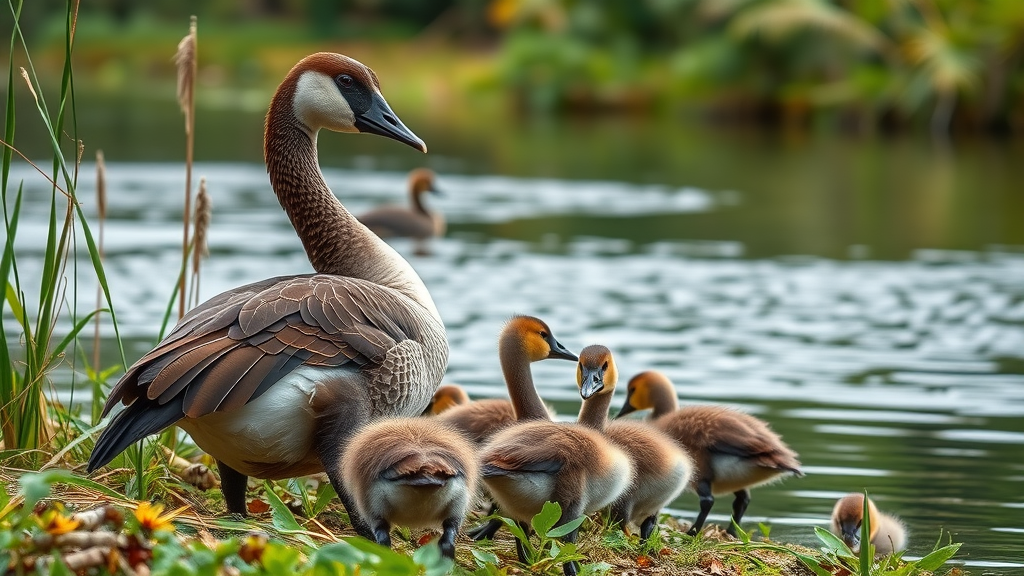
Why Limited Access Protects Hawaii’s Rare Birds and Endangered Species
As a pillar of Hawaii’s wildlife management, the hulē‘ia national wildlife refuge demonstrates the transformative impact of targeted conservation. Managed under the careful supervision of the U.S. Fish & Wildlife Service, the refuge restricts access except for staff, partners, or those with special permits—a controversial but vital decision. This protected environment offers sanctuary from frequent disturbances, enabling species such as the endangered nēnē and koloa maoli to thrive in a space free from invasive predators, human encroachment, or recreational pressure. It’s a living example of how access controls can directly contribute to the survival and gradual comeback of once-dwindling populations.
Visitors interested in experiencing the refuge can still appreciate its beauty and importance from the Menehune Fish Pond overlook, blending historical heritage with environmental stewardship. The payoff is dramatic: as these rare avian residents regain their footing, entire ecosystems stabilize and provide invaluable opportunities for research, observation, and education. In communities where every nest counts, each protected acre of the hulē‘ia national wildlife refuge represents not just a patch of green, but a bastion of hope for Hawaii’s most iconic wildlife.
From Ancient Wetland Agriculture to Modern Conservation: Hulē‘ia’s Transformation
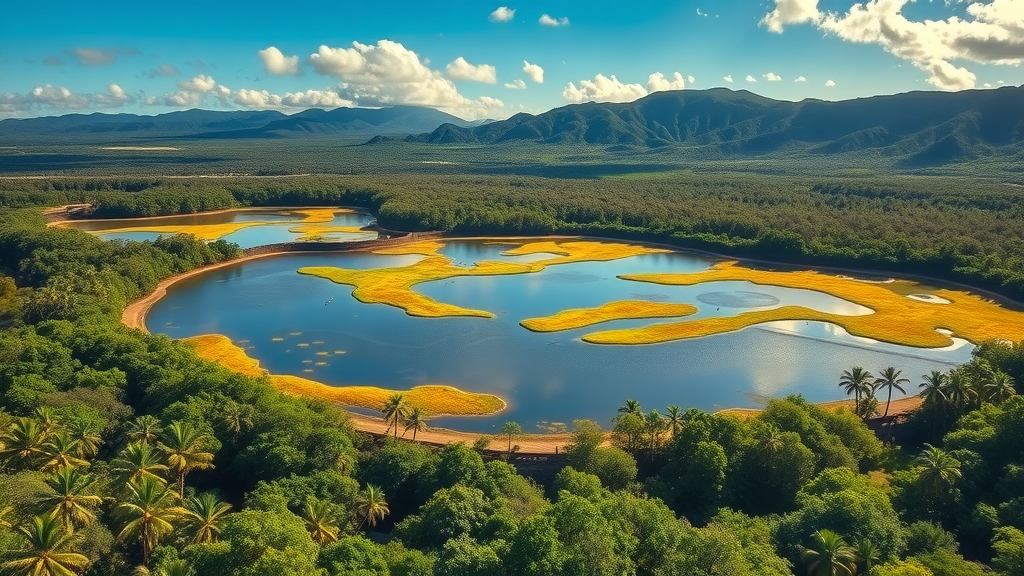
The landscape surrounding the hulē‘ia national wildlife refuge was once a mosaic of taro patches, rice fields, and bustling agricultural activity, shaped over centuries by native Hawaiians and later immigrants. The valley’s fertile soils and ready water supply made it a linchpin of wetland agriculture; today, these same features provide the foundation for a thriving wildlife habitat. The switch from cultivation to conservation marked a pivotal moment in the region’s ecological story—one driven by the realization that preservation of species and habitats could no longer remain an afterthought.
This transition reflects Hawaii’s evolving relationship with its environment. Where once food production shaped every acre, now the careful restoration of wetlands and the nurturing of native plants and animals takes precedence. For anyone wishing to understand the interconnectedness of cultural history and ecological stewardship, the hulē‘ia national wildlife refuge symbolizes a bridge between past practice and future resilience.
Educational Opportunities and Virtual Experiences for All Ages
While direct access to hulē‘ia national wildlife refuge is limited, educational outreach and interpretation remain central to its mission. A recently released free mobile guide opens up new possibilities for visitors and students to engage with stories, photographs, and videos detailing the refuge, its avian inhabitants, and its management strategies. These virtual resources—combined with staff-led environmental education activities—mean that Hulē‘ia’s lessons aren’t confined to its physical boundaries.
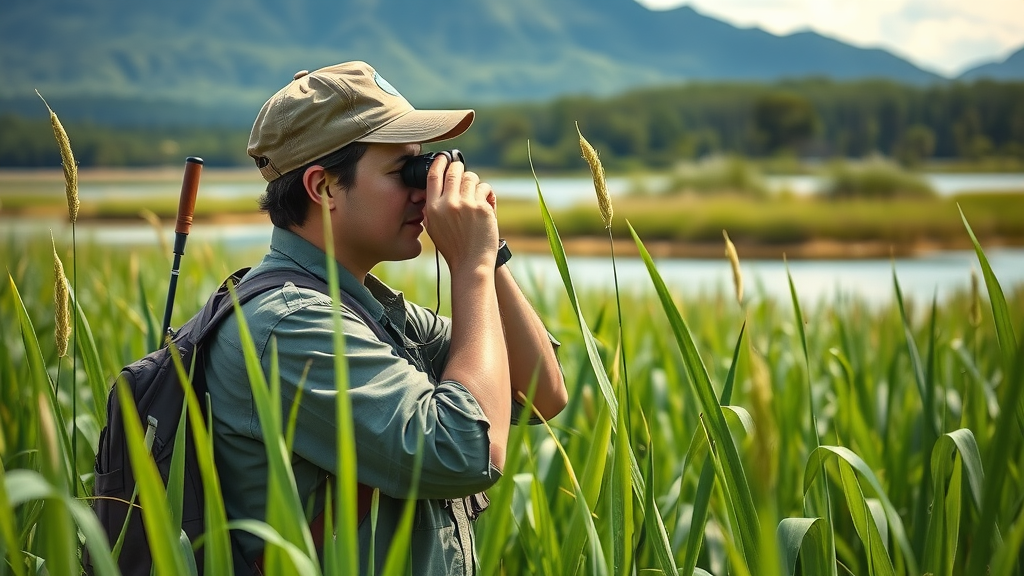
For students, families, and conservation advocates across Hawaii and beyond, the refuge serves as a case study in restoration ecology, species recovery, and historic preservation. By making its story widely accessible, the refuge ensures that future generations can appreciate the delicate balance required to save endangered species and maintain healthy habitats.
The Ongoing Battle for Native Species: Managing Threats and Building Resilience
At the core of the hulē‘ia national wildlife refuge’s efforts lies a persistent challenge: managing the threats that endanger native species. Wildlife management practices, such as regulated trapping, are used strategically to limit the population of invasive predators—one of the primary dangers to ground-nesting birds. These interventions are thoughtfully guided by scientific assessment, ensuring decisions protect wildlife populations while maintaining the integrity of the refuge’s infrastructure and landscape.
While controversy sometimes surrounds such management tools, the ultimate priority remains clear: safeguarding the existing populations of endangered and threatened birds. Each action, whether it’s habitat restoration, predator control, or research, is calibrated not just for immediate outcomes, but for the long-term health of Hawaii’s iconic wildlife.
Hulē‘ia National Wildlife Refuge’s Commitment to Conservation-Driven Stewardship
Guided by a mission to recover threatened and endangered birds, the hulē‘ia national wildlife refuge embraces a philosophy that prioritizes ecological integrity and education. Established in 1973, its primary purpose has always balanced habitat restoration with research, public interpretation, and environmental education. The refuge’s management is rooted in a compatibility determination—one that carefully weighs every activity against potential impact, ensuring that each initiative supports the long-term recovery and sustainability of Hawaii’s precious avifauna.
Through ongoing adaptation and commitment to best practices, the refuge operates as a model for modern conservation, demonstrating how protected areas can serve as living laboratories for innovation in wildlife protection. Its approach reflects deep respect for both Hawaii’s natural resources and its people, recognizing that cultural values and scientific stewardship go hand in hand. By remaining closed to general visitation, but open for guided education and scientific study, hulē‘ia national wildlife refuge protects its most vulnerable inhabitants while inviting the public to learn, reflect, and advocate for conservation beyond its borders.
Genuine Experiences: Learning from the Stories of Recent Visitors
The stories and reflections of those who have experienced the hulē‘ia national wildlife refuge—either through guided tours or scenic overlooks—offer authentic insight into its impact. One visitor’s account, in particular, underscores the blend of wonder, education, and adventure that makes any encounter with this sanctuary unforgettable.
We learn so much and the tour guide was amazing. It’s an absolute paradise and we finish with a splash in the river next to the garden! Great experience 🥰
Stories like these validate the refuge’s dual purpose: to awe and inspire while imparting a sense of stewardship and responsibility. The combination of educational engagement and direct contact with nature leaves a lasting impression—one that encourages future generations to cherish, protect, and advocate for Hawaii’s unique wildlife refuges.
The Enduring Legacy of Hulē‘ia: Preservation, Awareness, and Hope for Endangered Species
In an age where natural sanctuaries are under constant pressure, the hulē‘ia national wildlife refuge stands as both guardian and teacher. By limiting direct access and focusing on the recovery of native birds, this refuge not only conserves endangered species but also elevates public understanding of what true stewardship means. Its ongoing commitment—grounded in science, history, and cultural respect—has positioned it as a leading voice in wildlife conservation and environmental education in Hawaii.
For anyone intrigued by the hidden wonders of the Hawaiian islands, the hulē‘ia national wildlife refuge offers both a story of hope and a call to action. As the world seeks sustainable solutions, its model of protection and education reminds us that valuable lessons can be found even in places we may never set foot, but whose legacy shapes our collective future.
Contact the Experts at Huleia National Wildlife Refuge
If you’d like to learn more about how the hulē‘ia national wildlife refuge contributes to conservation, species recovery, and environmental education, contact the team at Huleia National Wildlife Refuge.
📍 Address: 433001014, Lihue, HI 96766, USA
🌐 Website: https://www.fws.gov/refuge/huleia
Huleia National Wildlife Refuge Location and Availability
Please refer to the official website for information on special use permits or staff-accompanied visits as public access is not allowed to protect endangered and threatened wildlife species.
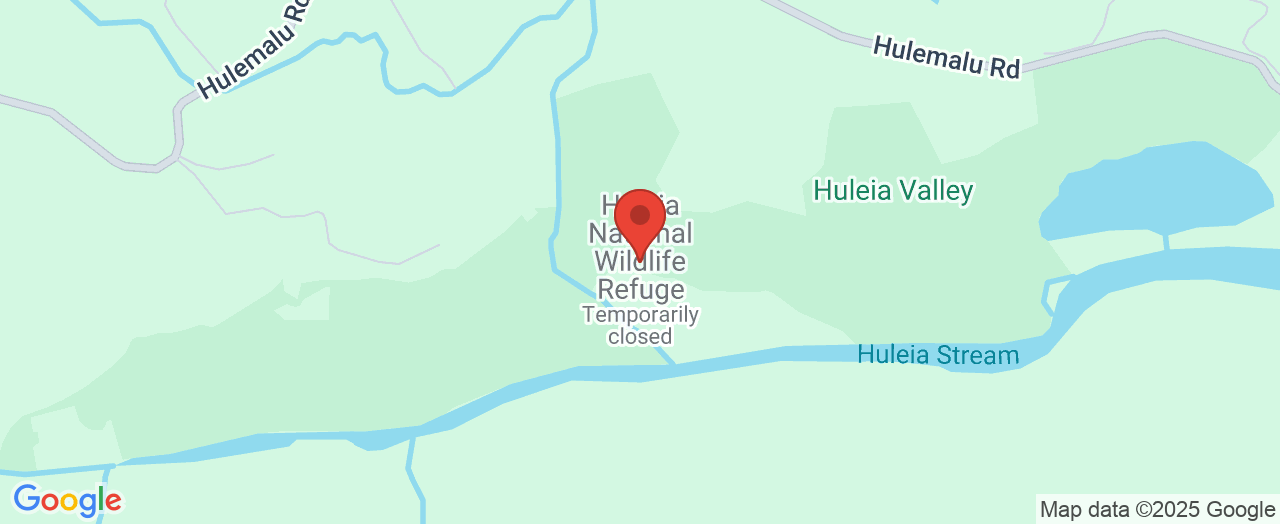
 Add Row
Add Row  Add
Add 





Write A Comment